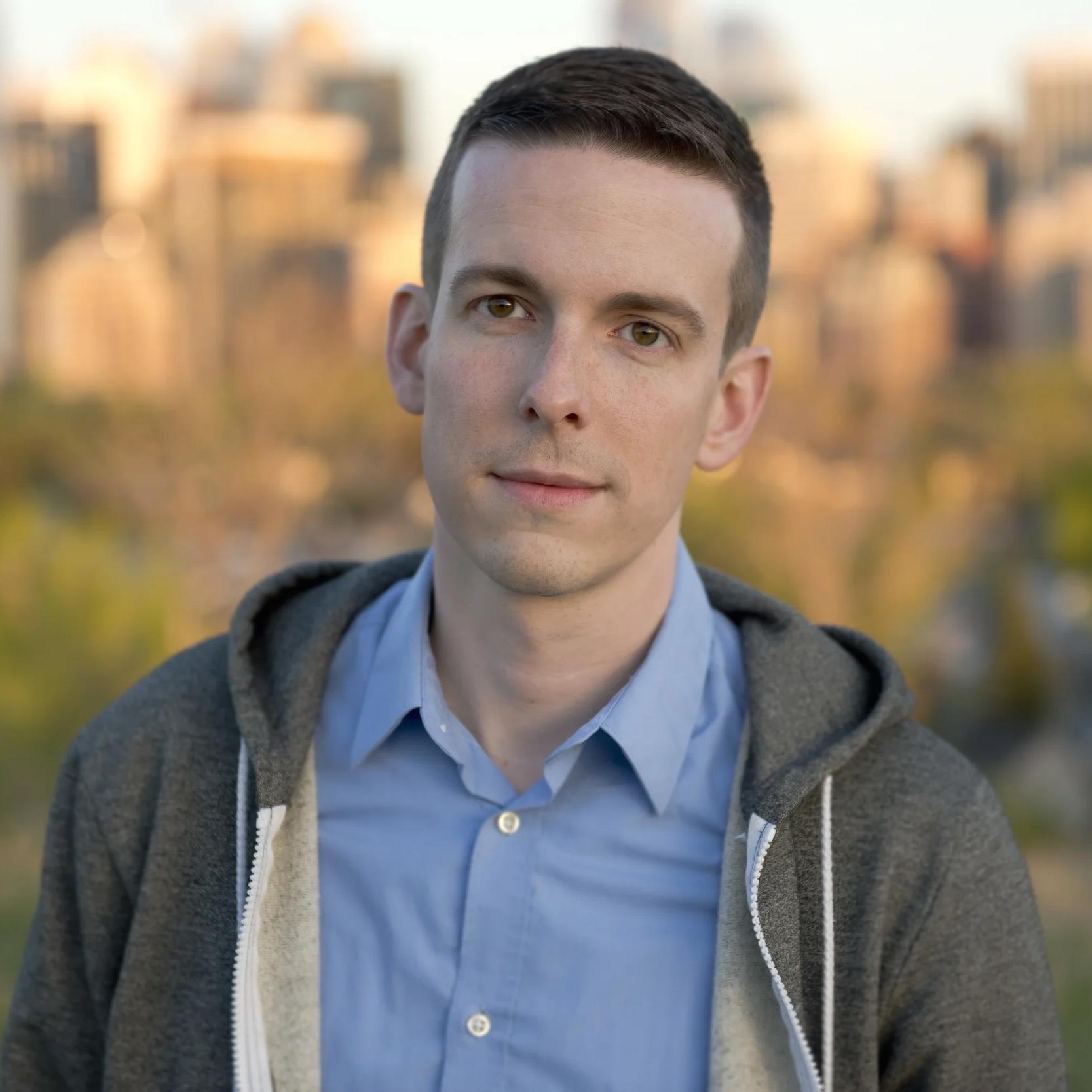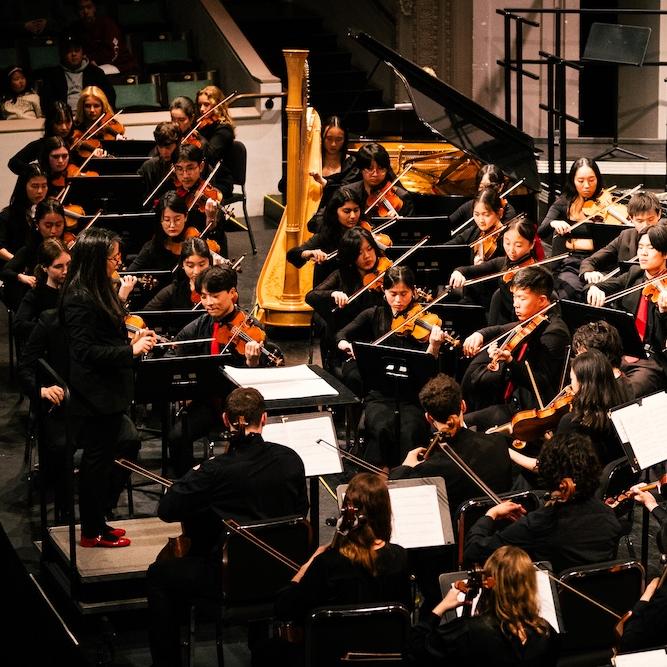
 Department Homepage
The College of Arts & Sciences
Department Homepage
The College of Arts & Sciences
Asking questions of culture: media studies at Cornell
Media studies research and teaching at Cornell elaborates on traditional techniques of scholarship, bringing in new objects of analysis and combining disciplines.



